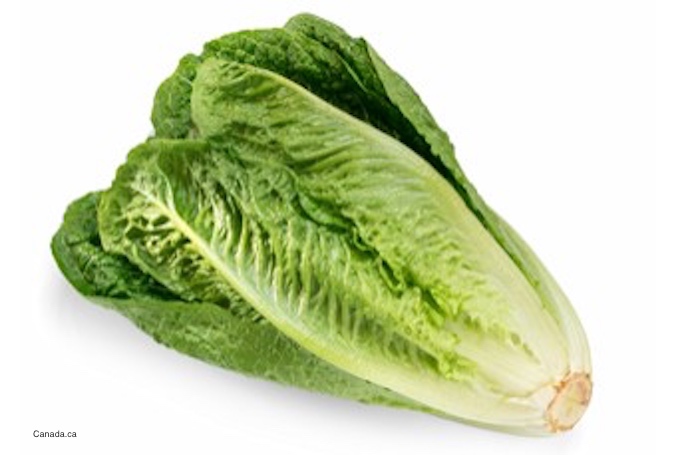The deadly E. coli O157:H7 HUS outbreak in the United States that is associated with leafy greens and may be linked to romaine lettuce has been updated by the Centers for Disease Control and Prevention. The CDC, fifteen states, and the FDA are investigating the outbreak.

As of January 10, 2018, 24 people are sick. That’s an increase of seven illnesses since the initial report of the outbreak on December 28, 2017. The last reported illness started on December 12, 2017.
The case count by state is: California (4), Connecticut (2), Illinois (1), Indiana (2), Maryland (3), Michigan (1), Nebraska (1), New Hampshire (2), New Jersey (1), New York (1), Ohio (1), Pennsylvania (2), Vermont (1), Virginia (1), and Washington (1). Illnesses began on dates ranging from November 15, 2017 to December 12, 2017. Among the 18 ill persons who have been interviewed, nine were hospitalized, two have developed hemolytic uremic syndrome (HUS), and one person in California has died.
The report states that “The likely source of the outbreak in the United States appears to be leafy greens, but officials have not specifically identified a type of leafy greens eaten by people who became ill.” These products have a short shelf life. Officials say that since the last illness started almost a month ago, it’s likely that any contaminated leafy greens that are linked to this outbreak are no longer on the market.
Canada identified romaine lettuce as the source of illness there, but where the greens came from or where they were contaminated is unknown. Canada has also announced that they believe the outbreak in that country is over.
Whole genome sequencing (WGS) has been conducted on bacterial samples taken from ill persons in the United States. Those samples are “closely related genetically” to the STEC O157:H7 strain from ill persons in Canada.
Officials say that WGS data alone “are not sufficient to prove a link.” Investigators also look at other data, including interviews from ill persons, to support that evidence.
Public health officials have interviewed 13 people about the foods they ate before they got sick. Of 13 interviewed, all 13 said they ate leafy greens. Five, or 56%, of nine ill persons said they ate romaine lettuce.
Unfortunately, that percentage is not significantly higher than the results from a survey of healthy people. Forty-six percent reported eating romaine lettuce the week before they were interviewed.
Based on that information, officials say that ill persons in this outbreak are not more likely than healthy people to have eaten romaine lettuce. In addition, patients said they ate different types and brands of romaine.
No common supplier distributor, or retailer of leafy greens has been identified as a possible source of this outbreak. Because of this, the CDC is not recommending that U.S. residents avoid any type of particular food. Consumer Reports, however, is still saying to avoid romaine lettuce.
The symptoms of an E. coli O157:H7 infection include diarrhea that is bloody or watery, and severe stomach and abdominal cramps. Illnesses usually begin three to four days after eating food contaminated with this bacteria. The symptoms of HUS include little or no urine output, easy bruising, pale skin, lethargy, and a skin rash. If anyone you know is experiencing these symptoms, they should be taken to a doctor immediately.
Pritzker Hageman law firm helps people sickened by food contaminated with Listeria monocytogenes and other pathogenic bacteria get answers, compensation and justice. We protect our client’s legal rights. Our lawyers represent families of children in personal injury and wrongful death lawsuits against grocery stores, food producers, shippers, restaurants, retailers, and schools. Attorney Fred Pritzker and his team recently won $7.5 million for young client whose kidneys failed after he developed hemolytic uremic syndrome because of an E. coli infection.




